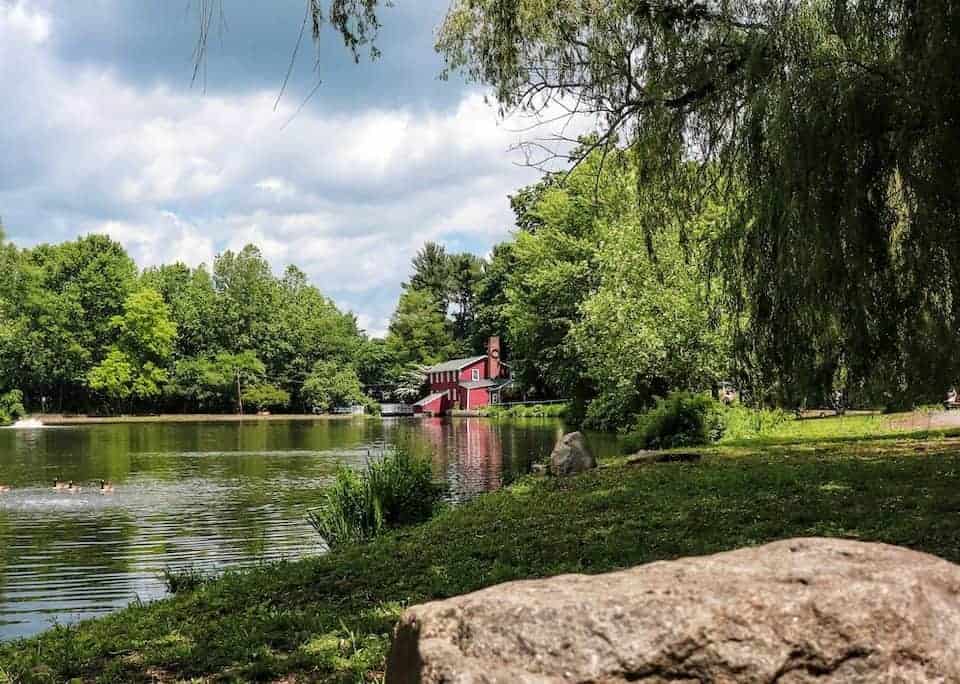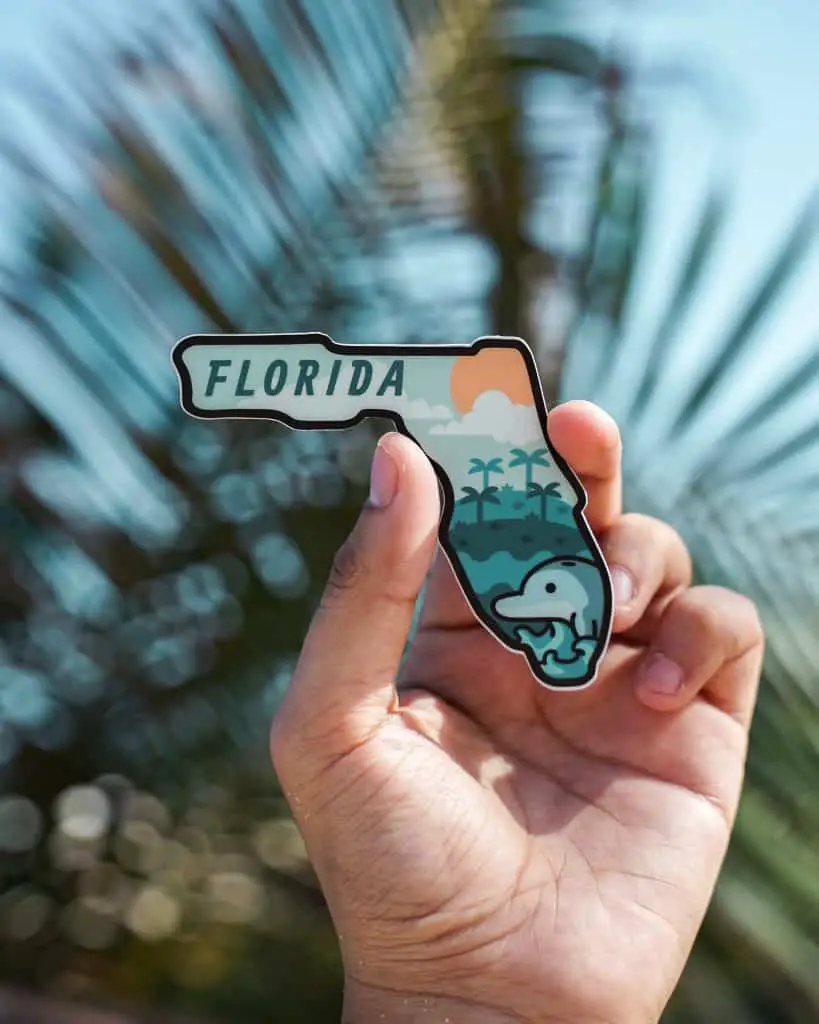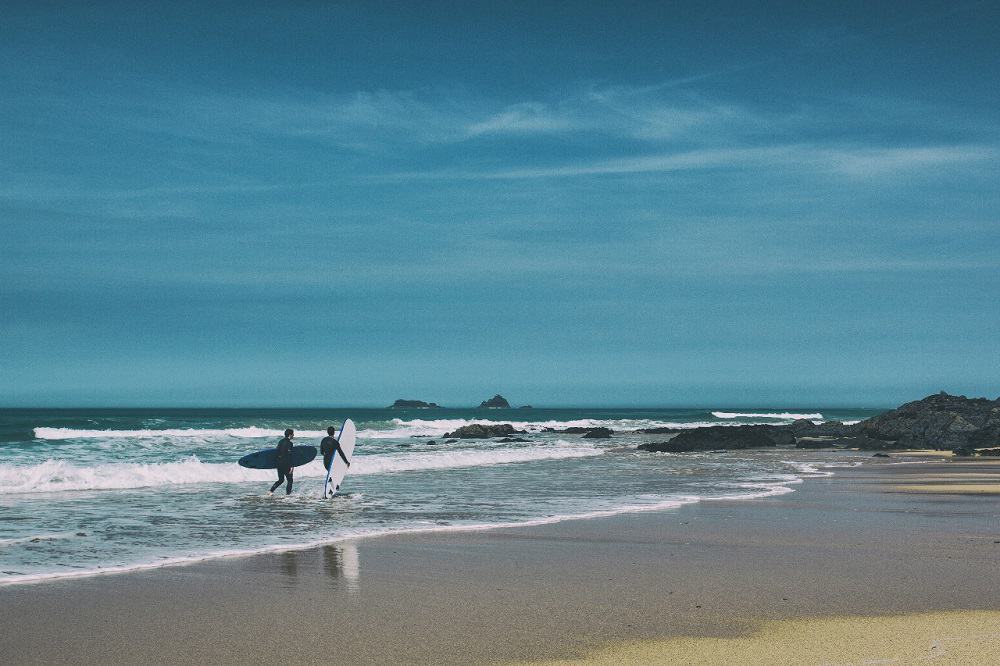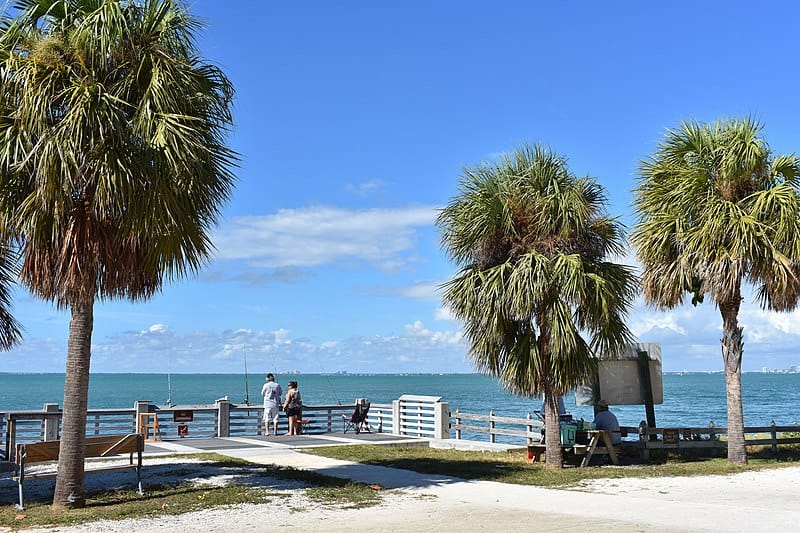If you’re visiting South Florida, make sure to visit the Everglades as soon as you arrive. It’s Florida’s incredible natural ecosystem and a must-see attraction. The Everglades Florida experience a wide range of weather patterns, from frequent flooding in the wet season to drought in the dry season. This amazing natural resource can be found in the 35-mile southwest of Miami. It is easy to reach the Everglades.
The Everglades is a natural region of subtropical wetlands in the southern portion of the U.S. state of Florida, comprising the southern half of a large drainage basin within the neotropical wetland biome.
The system begins near Orlando with the Kissimmee River, which discharges into the vast but shallow Lake Okeechobee. Water leaving the lake in the wet season forms a slow-moving river 60 miles (97 km) wide and over 100 miles (160 km) long, flowing southward across a flat limestone shelf to Shark River Slough, southwest of Miami.
The northern section of the park is the most accessible by Everglades City and Shark Valley.
You can access the Southern section through the Ernest F. Coe Visitors Center (near Homestead or Florida City). This is located at the park’s main entrance. This is where you can find all the information you need before you embark on your adventure.
The Royal Palm Visitor Center is located three miles from the park’s main entrance. A small, informative museum about nature is also available.

The Flamingo Visitor Center can be found 38 miles from the main park entrance’s southern access. It is situated on land that was once a remote fishing village.
The Everglades is a place I imagine as murky, stagnant water filled with unusual creatures crawling around and flying around. It seemed dark, dank, and oppressive, so I was curious if it even had sunlight.
It’s actually not a swamp, and it’s one of the most interesting natural resources in the country, which was a pleasant surprise.
It covers 10,000 miles of prairies and tree islands.
This park is the third-largest of all the U.S. National Parks.
The mangrove forests border Florida Bay and Mexico, where the freshwater marshes of glades meet.
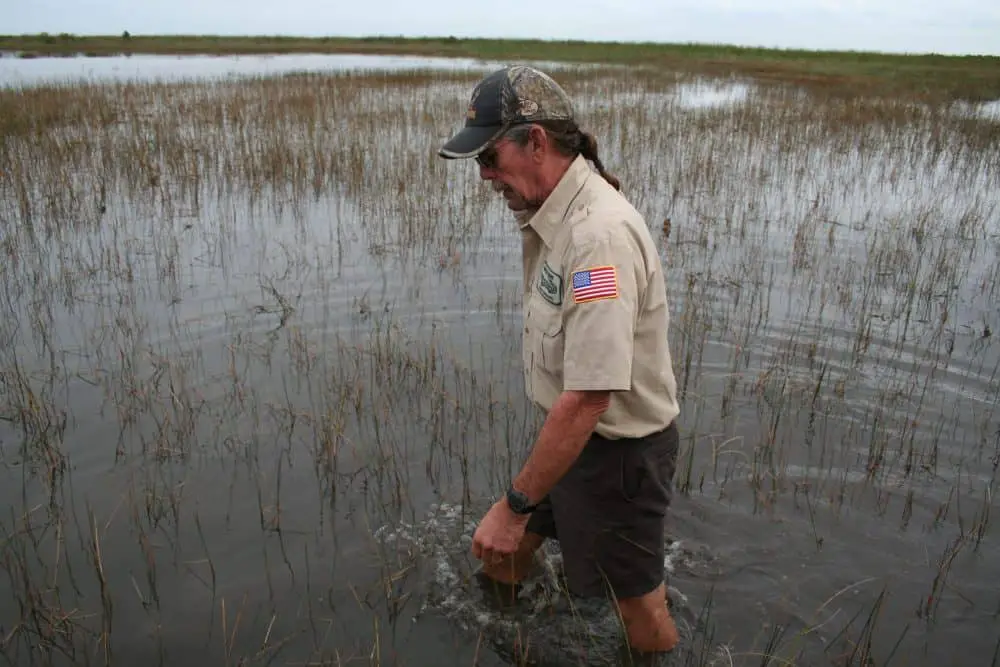
The glade is a lazy river that flows without banks, and it stretches for 50 miles. It is difficult to see the water moving. One gallon of water takes over a month to travel through Everglades National Park. It is actually quite shallow.
It is rarely more than knee-deep. The water is vital to this fragile wilderness, and subtle changes in the water level can affect the life cycles and life cycles of native animals and plants.
It has subtropical weather. The wet season is from June to October. When it rains, the glades are flooded.
The mosquito season is at its peak by May. Worse than the mosquito?
The “no-see-um” pests will chase you until the end of the park.
From November to May, the dry season starts. Periods of drought can occur when the water evaporates.
You’ll find sunny, warm, and breezy conditions in the dry season. These waters attract the most wading birds, as well as their predators and, are therefore at low levels.
The alligator provides a home for water-dependent animals during the dry season.
Alligators use their feet to pull out the debris and vegetation from the limestone. This creates a sanctuary for fish, turtles, and snails. Gators keep the hole open during dry seasons. This allows for a complex food chain to continue to exist.
The Everglades are dependent on water, wind, sun, and fire for their survival. The water levels affect both the vegetation and the people. The foundation of vegetation is limestone and peat.
The hardwood hammock is dry all year. It is a rise in limestone that rises up to three feet above the surrounding ground. This is protected from fire by a moat that forms around it.
The hammock could contain live oak, royal palms, various pines, and saw palmetto. Bromeliads and orchids are also abundant in vibrant colors.
These hammocks are also home to white-tailed deer and black bears, as well as bobcats and raccoons.
The limestone bedrock has depressions that can hold water all year. It is a sanctuary for domestically shaped stands of bald Cypress. The dome is formed by the largest cypress. This will ensure that the pond survives.
There are over 350 species of birds within the park, as you can see.
The best spots for birding are Eco and Mrazek Ponds near Flamingo. The Everglades is home to many amazing birds, including the great bald Eagle, ospreys, and hawks.
There are also herons, egrets, and wood storks that hunt for prey in shallow water.
One of the many trails will allow you to see different points from various vantage points. You can also take an airboat ride to get a different view of the park.
Although airboats are not permitted in the park, they can cut through the sawgrass on the park’s outskirts. There are many birds, alligators and crocodiles that you can see, as well as deer, raccoons, and crocodiles. You can also see the vast park from a canoe.
One-third of the park is open water.
In brackish Nine-Mile Pond, freshwater fishing is very popular. This is located 25 miles from the main entry. High mercury levels in the water make it unsafe to eat bass caught north from the Main Park Road.
You should not consume bass caught south of the Main Park Road more often than once per week.
Saltwater anglers may find the trout to be as abundant as the red snapper. Adults should limit the number of fish caught in northern Florida Bay. Before casting, it is best to contact the visitor center.
The Everglades, is for people who appreciate and marvel at nature’s best. Shark Valley’s 15-mile paved road will take you to the most amazing places.
You can hike the Gumbo Limbo or Anhiga Trails, or you can enjoy the wildlife from a canoe.
Flying Airboats through the Everglades
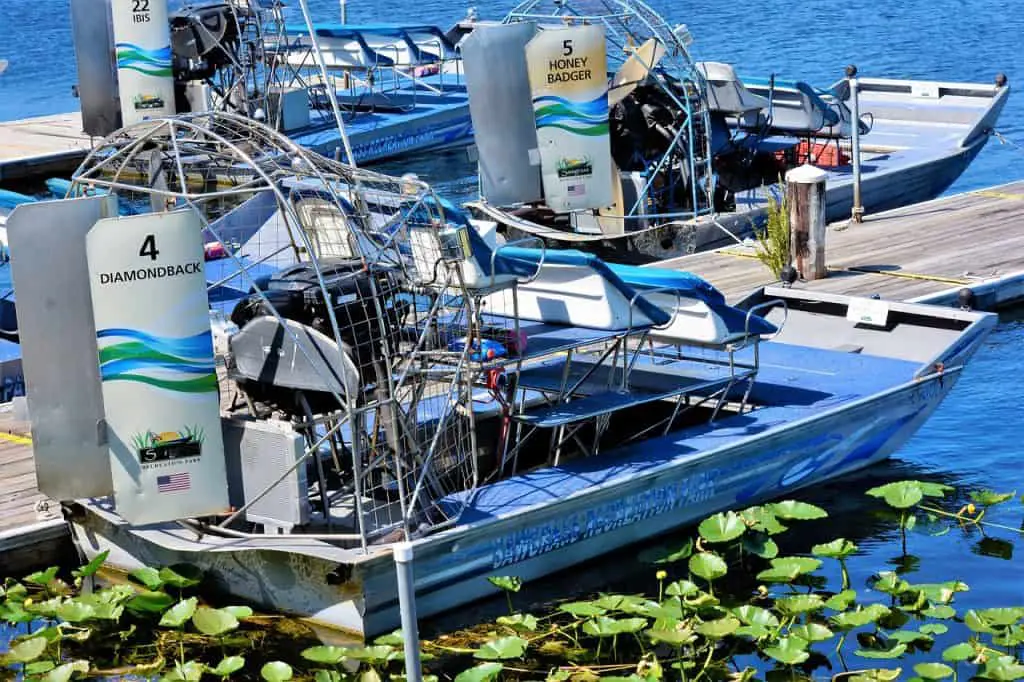
The Cypress Airboat Tour was unforgettable. Everyone enjoyed the Everglade adventure. The special pricing for children made it a wonderful family trip during our Florida vacation.
The Everglades airboat ride will be a fond memory for the children. Our Everglades airboat ride was a wonderful experience that we can share with our friends.
Many areas of the Everglades are only accessible by airboat if you are interested in their ecology and wildlife. It was comfortable enough to be able to cruise in the Everglades’ shallow water but fast enough to make it enjoyable for all.
An airplane propeller powers an airboat, which is a small lightweight boat. Cypress Airboats can hold groups up to 14 people with larger boats. Our group was however small. This tour lasted two hours, but shorter and longer tours are available.
Even night tours can be made! Even though we didn’t believe it possible because of the children, I think it would be an excellent option for adults. It can maneuver through the Everglades’ swampy waters quickly, even though I didn’t expect it would be so fast.
This was my favorite part of our Everglades airboat trip.
- Cypress Airboats was chosen over local companies for many reasons. We knew that they would provide a safe and enjoyable ride on an airboat.
- Cypress Airboats was chosen over all other companies because of its depth. Many airboat tours take you only a short distance to the Everglades.
They offer little information and don’t give you the opportunity to see the entire Everglades.
Cypress Airboats provides shorter airboat rides that are more focused on speed and excitement. We would love to have you join us!
Despite being nervous about the Everglades backwoods, I was made to feel at ease by my knowledgeable Captain during our airboat ride through it.
The captain of Cypress Airboats was US Coast Guard certified. He also had experience in flying airboats through the Everglades. Safety was our number one priority during the Everglades airboat tour.
Our Everglades airboat tour felt secure. First-aid supplies were available onboard as well as floatation devices. Our captain was responsible for our safety. Our captain also shared incredible details about the ecology, animals, and plants of the Everglades.
The Cypress Airboat’s 2-hour tour took it approximately 40 miles through the River of Grass. River of Grass is a large, shallow body of water. It can reach as deep as 6 inches, or as deep as 3 feet.
The River of Grass is home to many different species of animals and plants, including orchids and alligators. The captain was a knowledgeable and experienced guide who shared his knowledge of the area.
“His experience as both pilot and guide made the trip fun and educational for everyone.
It was a great place to go on an airboat tour of the Everglades. Our airboat tour took place through the River of Grass where we saw a variety of wetland plants and trees.
Water lilies, bladderwort, as well as other marshland plants, cypress trees, and orchids were among the many sights we saw. We found the Everglades mangrove trees to be particularly interesting. The captain was knowledgeable about the plants featured on the airboat tour.
Bird watching is something that we all enjoy.
This was the highlight of our airboat trip to the Florida Everglades. We were able to see a great white heron and a white-colored ibis. There are many other birds that can be found in the Everglades.
We had hoped that we would see a roseate spoonbill or one of many varieties of egrets in the area. But we were not so fortunate.
We saw many alligators during our trip to Everglades. One of them was a large one. It was an amazing experience for all of us. It was amazing to learn about the Everglades’ top predators and their importance to the Everglades ecosystem.
Alligators create gator holes during the dry season to provide habitat for many aquatic species.
Manatees, dolphins, and other aquatic species can be found in the Everglades. They are not found in their backcountry.
We were informed by the captain about interesting animals found in the region. We had hoped to see the endangered Florida panthers, but they were not there. Our captain recommended that we keep our eyes open for bobcats, small mammals, and white-tailed deer.
It was unforgettable to take the Everglades airboat trip. Cypress Airboats is a company we are looking forward to returning on our next trip. We are looking at arranging a full-day tour to truly appreciate the beauty and wonder of the Everglades.
Cypress Airboats are open all year round. We are certain to be able to take another exciting adventure with the Cypress Airboats crew as long as the weather allows.
Florida’s River of Grass – Watching Wildlife in Florida Everglades
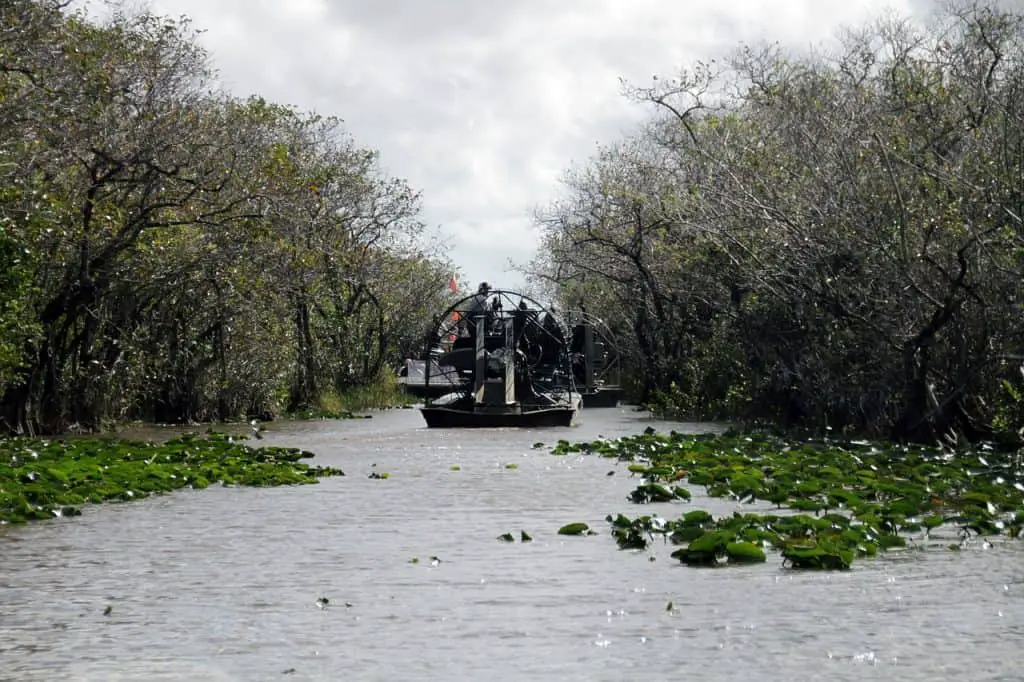
The Florida Everglades used to be a marshy swamp.
It was not able to be used for its original purpose. Today, it is a unique ecosystem that houses thousands of alligators and wintering birds. It is also possible to find an area with elevation changes as small as a few feet, which can be as important as a valley or mountaintop.
The Everglades is sometimes called the “river of grass”, and it is indeed. It is a slow-moving river that stretches 50 miles in width and is only a few inches deep.
When you hike the Observation Trail that runs from the south end, the landscape looks more like a grassland rather than a river. Closer inspection shows that the grass is fully submerged. You might even see fish amongst the grass blades if you look closely.
This is a great spot to see great egrets hunting. The grass is thicker and the egrets may hide there while they wait for their prey.
It is also a great place to see the elevation difference that one foot can make. Despite appearing flat in the Everglades, certain areas are several feet higher than others.
The elevation gain gives the South Florida slash tree the necessary boost, even though it might not seem like much. Submerged pine trees won’t be able to survive. Even in the rainy season, a few extra feet will keep them dry.
The Everglades has different seasons. It is harder to spot wildlife in the wet seasons (late summer and fall). Water is essential for all living things. Wildlife can thrive in parks that have plenty of water.
The dry months of February/January are when water concentrations in the smallest pockets tend to be the highest. It is possible to see hundreds upon hundreds of alligators along a trail that was only home to a few of them just a few months back. In the southwest corner is the Anhinga Trail.
This is the best place to see alligators.

To store water during dry seasons, alligators will dig holes in the ground. The Anhinga Trail borders a huge man-made lake, which saves alligators the work.
The Anhinga Trail is the best spot to see the anhinga, a large goose-sized bird. When it swims, only its snake-shaped neck can be seen above the water.
The trail often allows for the observation of Anhinga fish. The Shark Valley can be found on the north side, although it might not be directly in your path. It is the most threatened.
It could be endangered by projects to draw water from the area.
The restoration of the Everglades is in progress, but it will not be complete until 2036.
Some question if this is enough time.
The Florida Everglades National Park is one of Florida’s most visited natural attractions. You will find many species of wildlife, fish, and plants there. In the Florida Everglades, you can find sixty-eight endangered and threatened animals. This ecosystem is essential for their survival.
If you visit the Florida Everglades may enjoy charter airboat rides and fishing trips. Many people are often delighted to see manatees and alligators as they travel through Florida’s Everglades.
One of the best things about a trip to the Everglades is the solitude.
It is a large national park, but many people visit it. The tourists are spread throughout the park, so you can escape the crowds.
Guided sightseeing tours are one of the best ways to see the Florida Everglades. Everglades guides, who are local experts in the area, can guide you to where to find wildlife.
They know where to find rare species and are local experts. Bring your camera to capture the beauty of the fauna and flora.
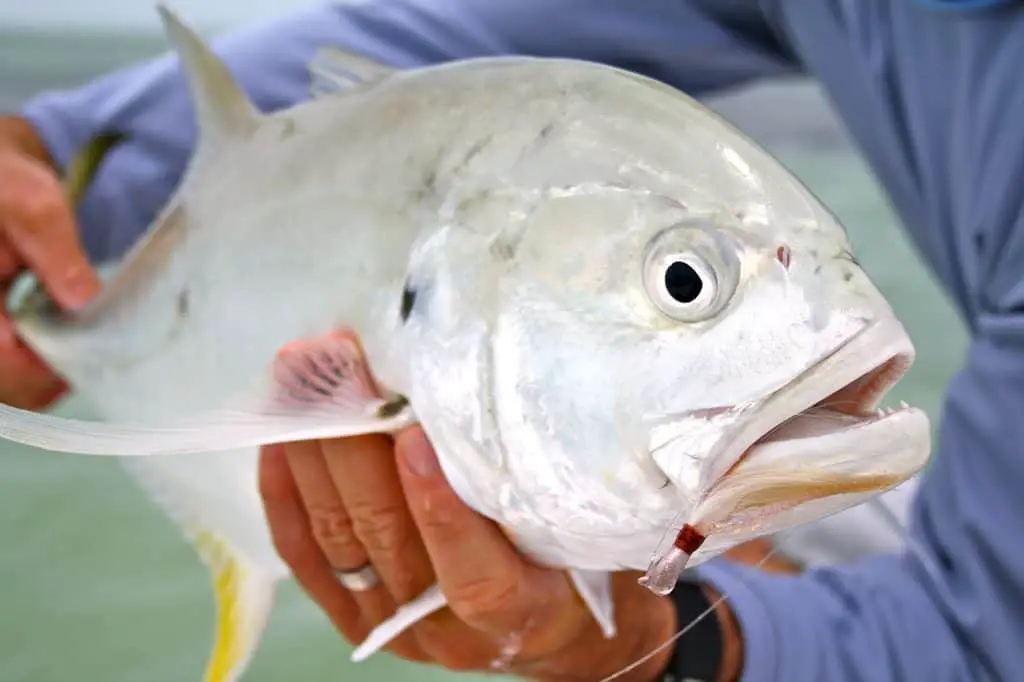
Are you a fan of fishing in Florida?
You can fish in many different areas of the Florida Everglades. You can fish the Everglades for trout, shark, drum, flounder, and snook as well as many other species.
The Everglades fish are enormous so bring your best pole! To find the best spots, make sure you have a guide. Also, avoid areas that are considered protected since the Everglades is a national park.
Would you like to swim with dolphins in the ocean? You have the chance to swim with dolphins in Florida’s Everglades. You can experience these amazing marine mammals firsthand at several coves.
You can have this amazing experience in the Florida Everglades. It is easy to see why so many people flock to the Florida Everglades every year for their vacations.
Wrapping Up…
The Everglades are a national treasure, and everyone should visit them at least once. They are an amazing ecosystem that is full of life, and they offer a unique glimpse into the natural world. Not only is it an important ecological site, but it is also incredibly beautiful and full of fascinating wildlife.
With so much to see and do, there is something for everyone in the Everglades. So go explore, and discover the wonder of the Everglades for yourself!


